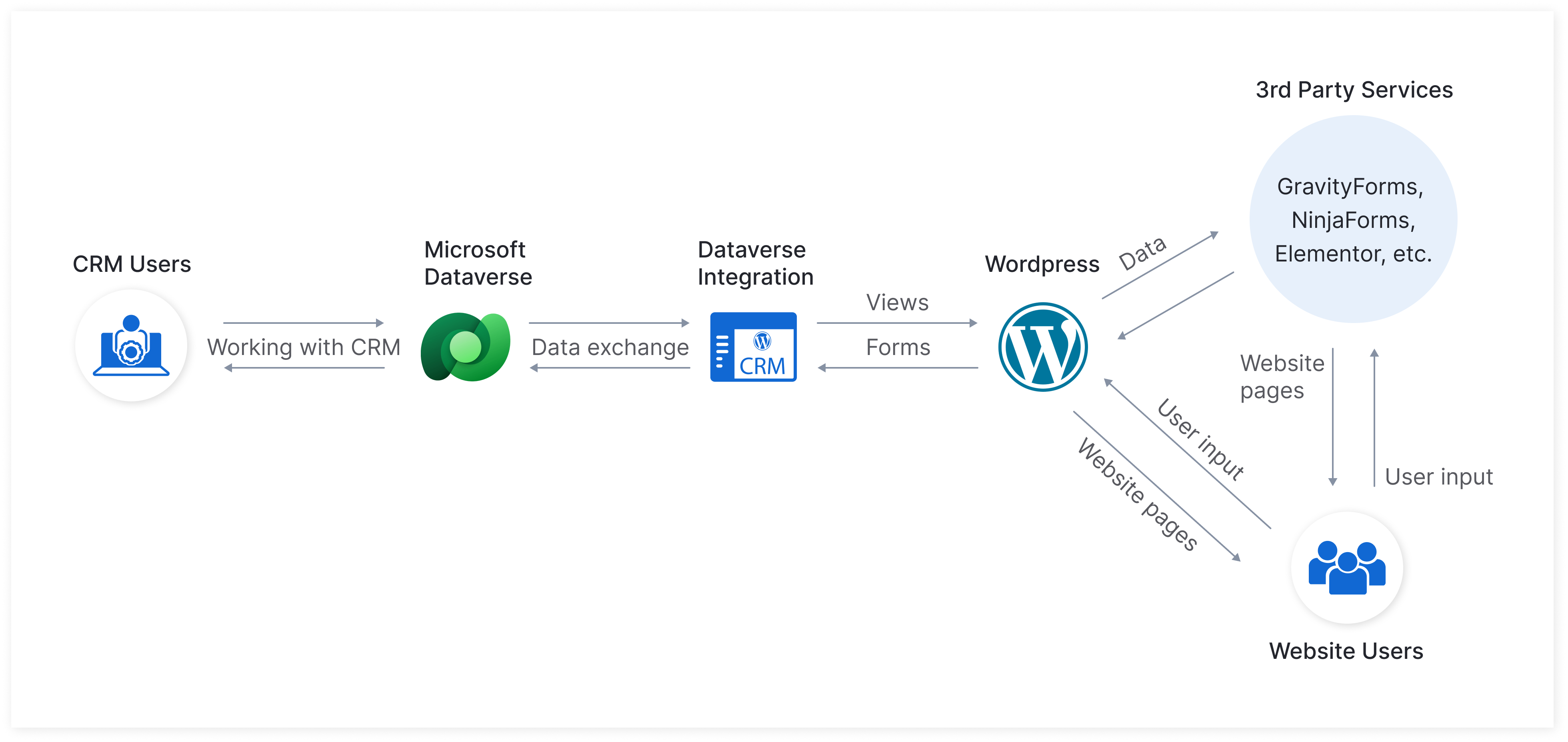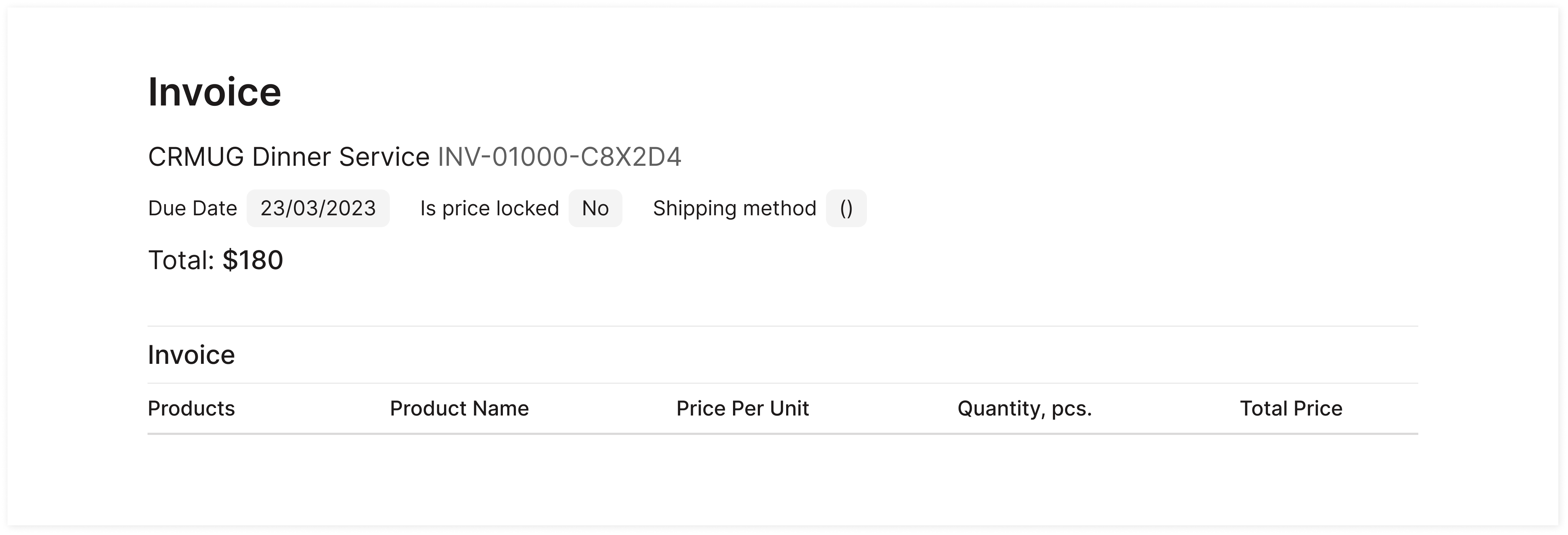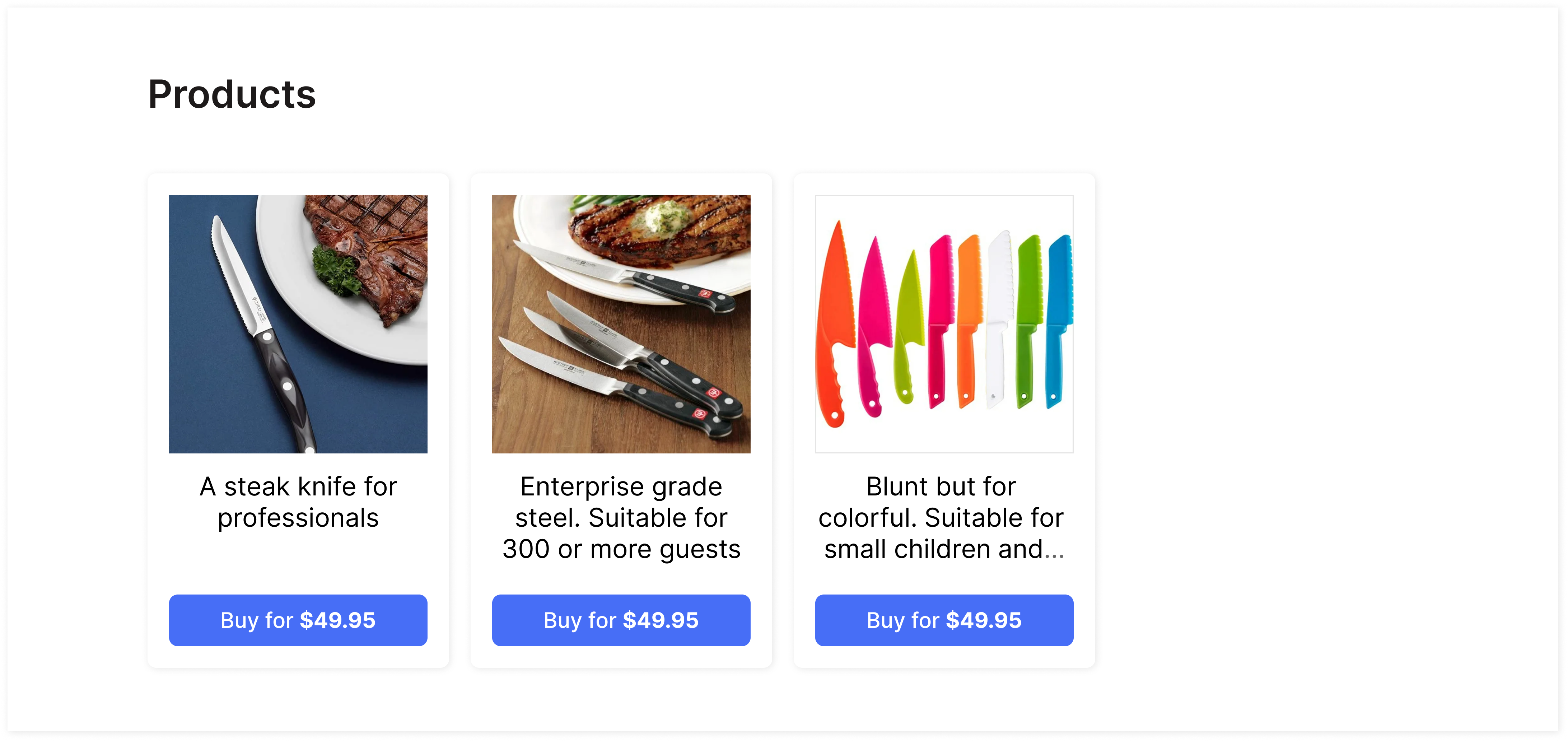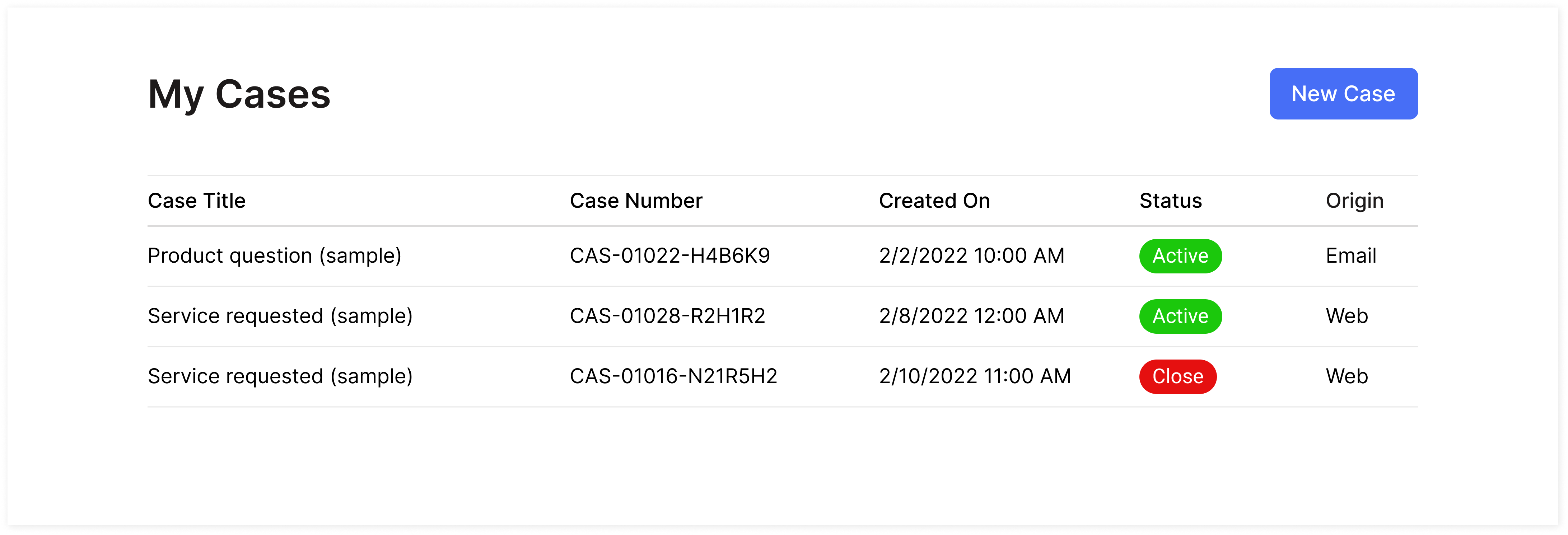Highlights
- Secure CRM system-website data integration
- Bi-directional data synchronization
- Built-in templates
Technologies Used: PHP, C#, Microsoft Azure, oData, SAML, Twig
Methodology: Scrum
Customer
Our customer is a company based in Australia that specializes in developing, delivering, and supporting enterprise-level customer relationship management (CRM) solutions.
Challenge
To fill a market gap, the customer asked HQSoftware to create a plugin that would allow Dataverse CRM and WordPress-based websites to be integrated. As the CRM system is written in the .NET programming language while websites are written in PHP, this type of integration poses certain difficulties, with no ready-made solution to address them.
There are some alternatives that allow for building a website on top of the CRM system, but this would mean extra expense and time for organizations that already use WordPress-based websites.
Solution
HQSoftware has created a WordPress plugin to connect Dataverse CRM and websites in order to capture leads, feedback, and other necessary information. The plugin allows you to transfer any information you need in the two following ways:
- From the website to the CRM system (securely outputs any type of data, including product lists, orders, accounts, purchases, etc., and stores it in the CRM);
- From the CRM system to the website (synchronizes any necessary information, for example user applications or account records; admins can work in the CRM system without having to switch to the website). The data import feature can be used to import data from external sources into the CRM system.

The admins regulate their working processes with CRM systems:
- They determine what data they need to capture from the website and display it in the CRM system, and vice versa. Synchronization between the WordPress user and the CRM record is supported in both directions;
- They specify how they collect this information (they can use built-in templates, or online forms). They can also create custom form layouts using Twig and HTML forms syntax. The plugin allows integrations with some popular third-party WordPress plugins such as Gravity Forms, Ninja Forms, and Elementor. So, admins can use them instead of Custom or PowerApps forms. To prevent spam submissions from getting into the CRM, they can add reCAPTCHA to their form.
The case creation tab
The list of active and closed cases
With the plugin, administrators can create self-service portals for their customers, eliminating iframes, third-party services, and any moving parts. The plugin is configured through the WordPress administration panel. Web admins can use system views and personal views to display information from the CRM system on your website. All contacts, leads, invoices, etc. are organized into separate tables. Most integration scenarios use a single WordPress page to display data records of a single table type.

The list of invoices

The list of your products
The provided plugin allows users to connect the CRM systems to existing WordPress-based websites and includes the following features:
- Support for both cloud-based and on-premise CRMs;
- The forms can be designed within CRM system to be further visualized on a website through a shortcode;
- Data is transferred from the forms directly to CRM;
- One can gather leads, contact requests, and support queries out of the box;
- Using CRM views, records are displayed via a shortcode;
- Users get direct access to product catalogs, event lists, and knowledge base articles;
- WordPress posts and pages can be bound to CRM records. Thus, a user can build a customized record view in WordPress (e.g., a product information spreadsheet);
- Support for entity images and attached images with dynamic resizing and caching;
- The functionality can be extended via a number of provided custom WordPress hooks.
Process
The development team decided on the Scrum methodology, with 2-week sprints, to finish the project on time and within budget. In the course of the project, the team at HQSoftware had to address a major conceptual challenge in bringing together the worlds of .NET and PHP. Their paradigms differ in most essential aspects. For instance, .NET uses strongly typed programming languages, while PHP is a weakly typed one. It is not a stand-alone solution.
To provide interoperability between .NET and PHP parts, our engineers use a PHP native instrument to work with oData protocol, which is provided by the CRM to exchange data. Furthermore, our developers needed to ensure the system met enterprise-grade requirements for data security.
Our engineers developed the XML serializer underlying the plugin responsible for turning XML objects into PHP ones and vice versa, in accordance with the established standards.
To ensure secure data exchange between the plugin and Dataverse CRM, HQSoftware specialists implemented the SAML 2.0 standard, allowing the solution to obtain security tokens from CRM’s Active Directory.
Technologies, platforms, and tools
PHP, C#, oData, WS-*, SAML 2.0, Azure Active Directory, Twig
Team
1 Project Manager
1 Backend Developer
1 Frontend Developer
1 UI/UX Designer
1 DevOps Engineer
1 QA Engineer
Results
HQSoftware has developed an extensible plugin that facilitates integration of a WordPress-based website with Dataverse CRM. With the delivered solution, the company was able to fill the niche, as no out-of-the-box solution of any kind was available in the market. The plugin satisfies the security requirements of an enterprise-level system which securely manages, forms and stores any information in business applications. The solution allows automation of data collecting processes, saving working time and thereby reducing expenses. The solution has more than 1,000 active installations.
Need more information about our services? Contact us and get a free consultation.
Check Out Other Works
See How We Reach Goals
We are open to seeing your business needs and determining the best solution. Complete this form, and receive a free personalized proposal from your dedicated manager.

Sergei Vardomatski
Founder





